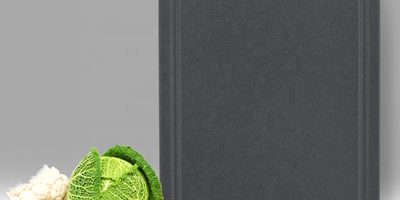Choosing between plastic and wooden cutting boards is a common dilemma for home cooks. Both materials have their merits, and the decision often comes down to personal preferences and specific kitchen needs. In this article, we’ll compare plastic and wooden cutting boards to help you determine which one is the right fit for your kitchen.
Plastic Cutting Boards:
Pros:
- Hygiene: Plastic cutting boards are non-porous, making them resistant to moisture and bacteria absorption. They are easy to clean and sanitize, reducing the risk of foodborne illnesses.
- Durability: Plastic boards are generally more durable than wooden ones and less likely to splinter or crack.
- Lightweight: Plastic cutting boards are lightweight and easy to handle, making them convenient for everyday use.
- Color Coding: Many plastic boards come in various colors, allowing for color-coded food preparation to prevent cross-contamination.
- Affordability: Plastic cutting boards are often more budget-friendly than their wooden counterparts.
Cons:
- Knife Edge Wear: Plastic boards can be tough on knife edges, potentially requiring more frequent sharpening.
- Appearance: Some users prefer the natural and rustic appearance of wooden cutting boards, which plastic boards may lack.
- Staining: Certain foods, like tomatoes or beets, can leave stains on plastic cutting boards.
Wooden Cutting Boards:
Pros:
- Aesthetic Appeal: Wooden cutting boards are prized for their natural and timeless appearance, adding a rustic touch to your kitchen.
- Knife-Friendly: Wood is gentler on knife edges, reducing the need for frequent sharpening.
- Antimicrobial Properties: Some studies suggest that certain types of wood, like maple, have natural antimicrobial properties.
- Environmental Considerations: Wooden cutting boards are biodegradable and, if sustainably sourced, can be an eco-friendly choice.
Cons:
- Maintenance: Wooden boards require regular oiling and proper drying to prevent warping, cracking, and bacterial growth.
- Hygiene: If not cleaned and maintained meticulously, wooden cutting boards can develop deep grooves where bacteria can hide.
- Durability: Wooden boards may not be as durable as plastic ones and can be more prone to damage.
Ultimately, the choice between plastic and wooden cutting boards depends on your priorities. If hygiene, durability, and low maintenance are top concerns, plastic cutting boards are a practical choice. However, if you value the aesthetic appeal, knife-friendliness, and are willing to invest time in maintenance, a wooden cutting board might be more suitable for your kitchen.






